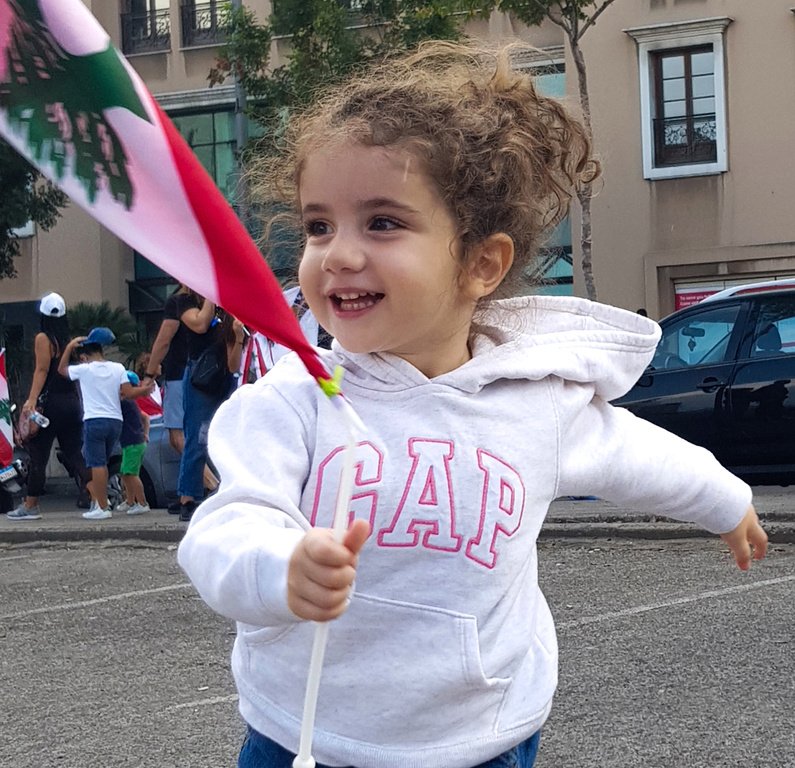We Communicate For Happy Children
 Three Years After the Beirut Port Explosion: Persistent Struggles of Young Children
Three Years After the Beirut Port Explosion: Persistent Struggles of Young Children 
Alexandra Najjar passed away shortly after the explosion on August 4, 2020. For days, the three-and-a-half-year-old fought to regain consciousness, but her young head couldn’t withstand the force of the blast that thrusted her to the ground. At the moment of the explosion, Alexandra was playing with her toys, just like thousands of other children.
Three years have passed since the crime of the Beirut Port explosion. People passing by the neighborhoods affected by the blast can still see the impact until this day: dilapidated buildings, many of them historic and archaeological, and their inhabitants, mostly renters, were easily exploited by property owners due to the absence of housing protection. A slow process of reconstruction and rehabilitation, accompanied by questions about funding means and models that can be adopted without affecting the social fabric of neighborhoods, as well as lessons from previous reconstruction models. Weakened social networks in the midst of Lebanon’s suffocating economic crisis, and their severe shortcomings in assisting blast victims. A destroyed port that will remain a witness to the crime with the absence of justice and the non-disclosure of investigation results. Then there are the young children who continue to carry, and will continue to carry, the profound effects of the horrors of such a disaster.
Among more than 200 victims, at least seven children were killed. Out of the 300,000 people who were displaced from their homes at the moment of the explosion, there were at least 8,000 children, according to UNICEF. Eighteen months after the explosion, and in record time, UNESCO restored the damaged educational institutions, totaling 280, including schools, universities, and training centers. This was done after the explosion had deprived many children and students of a school year. On the other hand, civil society demonstrated its importance during such a catastrophe by showing solidarity and support for the residents of the affected areas.
While the needs of young children affected by the explosion increase due to the suffocating economic crisis and the absence of social protection networks, it is difficult to erase the psychological damage left by the crime on them, despite the psychological support provided by many organizations and caregivers. Reports released shortly after the explosion spoke of the suffering of many children from post-traumatic stress disorder as well as involuntary and repeated bedwetting. Children get agitated when faced with light noise, and show a strong attachment to their parents, fearing a repetition of what they experienced at the moment of the explosion. This is still tangible for some children. While measuring the extent of the psychological damage that these children may face in the future is difficult, what is certain is the threat of a long-term humanitarian crisis laying its heaviest burden on them.
